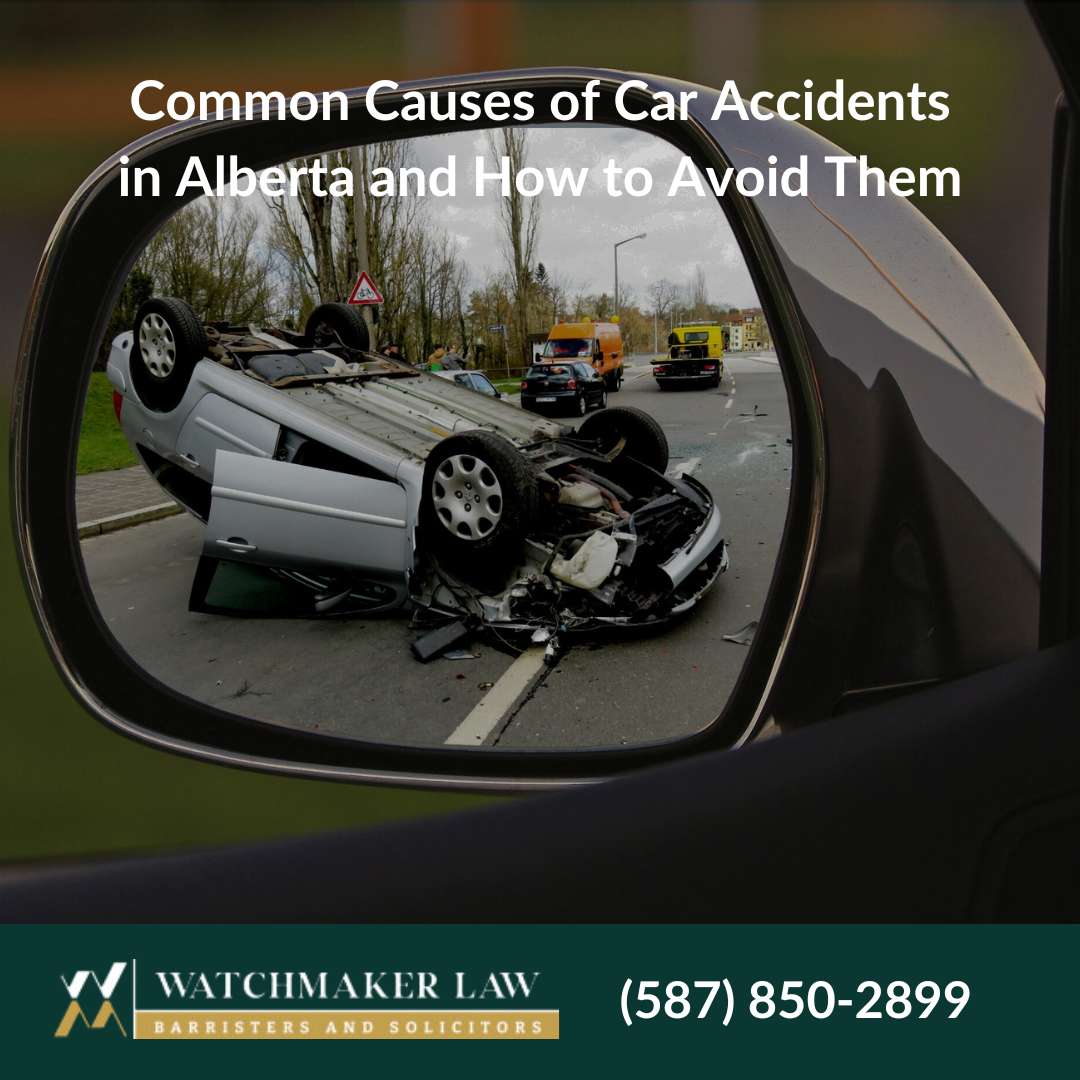Understanding the Alberta Minor Injury Cap Through Expert Eyes
Navigating the aftermath of a motor vehicle accident (MVA) in Edmonton, Alberta can be one of the biggest challenges somebody faces in their life, especially when dealing with injuries and insurance claims. One term that often surfaces in these situations is the “Minor Injury Cap.” At Watchmaker Law, we’ve witnessed numerous instances where insurance companies have incorrectly labelled injuries as “capped,” potentially limiting the compensation victims rightfully deserve. Founding accidents lawyer David Sowemimo has extensive experience in challenging these assertions, ensuring clients receive fair settlements.
What Exactly is the Minor Injury Cap?
In Alberta, the Minor Injury Regulation sets a maximum compensation limit for certain injuries sustained in MVAs. As of 2024, this cap is set at $6,061 and is adjusted annually for inflation. The cap primarily applies to Grade I and II soft tissue injuries, such as minor sprains and strains that are expected to heal fully over time.
However, it’s crucial to understand that not all soft tissue injuries fall under this cap. Injuries involving nerves, tendons, or those resulting in chronic pain or permanent disability are often excluded from the minor injury classification. This distinction can significantly impact the compensation you may be entitled to receive.

The Complexity of Soft Tissue Injuries
Soft tissue injuries involve damage to muscles, ligaments, and tendons. While some may heal with time and proper treatment, others can lead to prolonged pain and functional limitations. For instance, if an injury hampers your ability to work, attend school, or perform daily activities beyond a typical recovery period, it may not be considered “minor” under the law.
Each injury is unique, and the implications can vary widely from one person to another. That’s why it’s essential to consult with experienced legal professionals who can assess the specifics of your case.
The Auto Insurance Company’s Role: Not Always in Your Best Interest
It’s important to remember that the auto insurance company, even your own, is not necessarily on your side when it comes to claims. Their primary goal is to minimize payouts, and they may try to classify your injuries as “minor” to limit the compensation you receive, even if your injuries significantly impact your life. This is where seeking legal advice becomes even more critical.
Don’t Rely on Kitchen Table Talk—Seek Professional Advice
We’ve often seen well-intentioned friends or family members offer advice based on hearsay or personal experiences. While these conversations might provide general insights, they can also lead to misconceptions about your legal rights and the potential value of your claim.
David Sowemimo emphasizes the importance of getting accurate information: “Insurance companies might tell you that your case is capped, but that’s not always the case. We’ve helped many clients uncover the true extent of their rights and secure compensation beyond the so-called cap.”
Sample Scenarios
The two examples below show how easy it is to think your case is capped. They are composite stories based on other similar scenarios that we have experienced.
Example 1:
Deborah was a passenger in a car accident and suffered mild whiplash. She continued to work in her job in an office environment and her symptoms improved within three months with physiotherapy. Her injury was classified as minor, and the compensation fell within the capped amount.
Example 2:
Her brother, Michael, was driving during the accident and sustained significant soft tissue injuries to his back. He missed several weeks of work as a tradesperson and, despite ongoing treatment, his condition did not improve after six months. Michael’s injury was not considered minor due to its impact on his livelihood and prolonged recovery, allowing for compensation beyond the cap.
These are two scenarios with a similar mechanism of injury, but because of their responses to treatment, careers, and other factors it is easy to see that their outcomes would be different. However, friends and family of Michael based on Deborah’s experience likely were telling him “it’s soft-tissue, it’s capped”. This isn’t the case. It is critical that you seek the opinion of an injury lawyer in any scenario where the cap could be involved.
Your Next Steps
Understanding whether your injury falls under the minor injury cap requires a thorough legal assessment. Don’t let insurance companies be the sole voice interpreting the law for you.
At Watchmaker Law, we offer a free, no-obligation consultation to evaluate your case. Our team, led by award-winning injury lawyer David Sowemimo, has assisted thousands of clients in navigating the complexities of personal injury law. Contact Watchmaker Law today.



